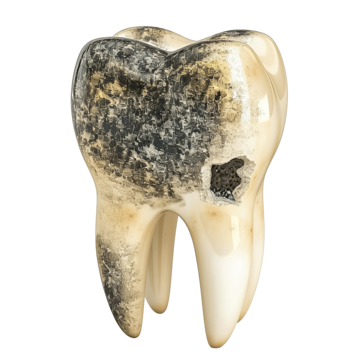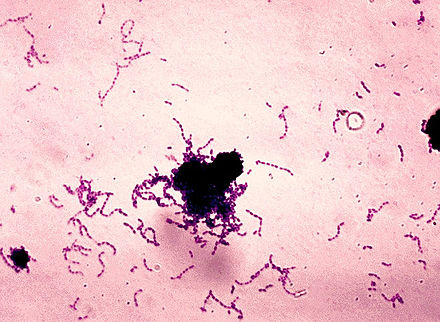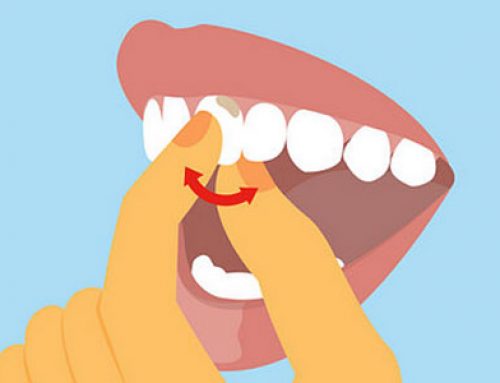Introduction
Our mouths are home to millions of bacteria—some helpful, others harmful. While many of these microorganisms are essential for oral health, certain types can lead to serious dental problems. One of the most common and damaging issues is tooth decay, also known as dental caries. But how exactly do these tiny organisms cause such a big problem?
In this post, we’ll break down the role bacteria play in tooth decay and what you can do to protect your smile.
What Is Tooth Decay?
Tooth decay is the destruction of the tooth’s hard outer layer (enamel) and, eventually, the inner layer (dentin) caused by acids produced by bacteria. It can lead to cavities, toothaches, and in severe cases, tooth loss.

The Bacteria Behind the Problem
The primary culprit behind tooth decay is a type of bacteria called Streptococcus mutans. These bacteria feed on sugars and carbohydrates left in your mouth after eating. As they digest these sugars, they produce acids as a byproduct.

The Decay Process: Step-by-Step
- Food Intake
- When we eat foods high in sugar or starch—like sweets, soft drinks, bread, or pasta—particles get left behind on our teeth.
- Bacteria Feed on Sugars
- Harmful bacteria like Streptococcus mutans feed on these sugar particles and begin to multiply.
- Acid Production
- As they digest the sugars, the bacteria release acid onto the tooth surface.
- Enamel Erosion
- The acid begins to dissolve the minerals in the enamel, weakening the tooth structure. Over time, this forms holes, or cavities.
- Progression to Dentin and Pulp
- If untreated, the decay progresses to the inner layers of the tooth, causing pain and infection.
Why Saliva Matters
Saliva plays a crucial role in protecting your teeth. It helps wash away food particles and neutralize acids. When saliva production is low (due to dehydration, certain medications, or health conditions), the risk of decay increases.
How to Prevent Tooth Decay
- Brush Twice Daily: Use fluoride toothpaste to strengthen enamel and remove plaque.
- Floss Daily: Clean between teeth to remove food particles and plaque.
- Limit Sugary Foods and Drinks: Less sugar means less food for harmful bacteria.
- Stay Hydrated: Drink plenty of water to keep your saliva flowing.
- Regular Dental Check-Ups: Dentists can catch early signs of decay and offer treatments like fluoride applications or sealants.
Conclusion
Tooth decay may start with microscopic bacteria, but its effects can be painfully visible. Understanding how bacteria contribute to decay empowers you to take proactive steps in your daily routine. With good oral hygiene and regular dental visits, you can keep those harmful bacteria in check—and your teeth strong and healthy.


Leave A Comment